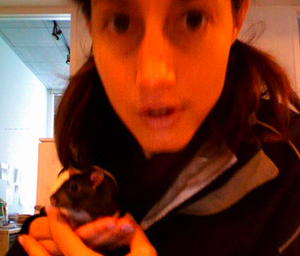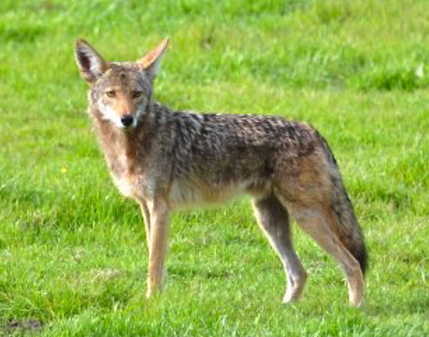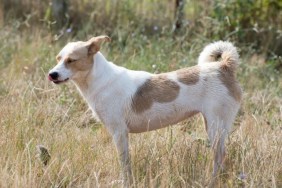We happen to be in San Francisco this week for our monthly business trip, but my husband still checks our local newspaper online each morning. I could tell from the way he gasped “Oh my God!” without looking up from his computer that something was not right. He began reading aloud from the Santa Fe New Mexican:
“A Santa Fe veterinarian [Dr. Joan Moreau] drew a firestorm of protest from local animal lovers for trying to poison a coyote she believes killed Nina, her barn cat, and writing about it on Facebook last weekend.”
To quote Moreau’s post directly:
“The coyote that killed her will die I think in 5-7 days after it ate the beef broth basted rat poison I put out on the game trail I found. It will die minus the trauma I found on my cat…”
Forget, for a moment, that this woman is a veterinarian. Forget that she has taken an oath to preserve the lives of animals, or when that’s not possible, humanely end their suffering. Instead, think about this:
Joan Moreau, purposely and with pride, announced to her community her intention to cause pain and death to an animal who did what humans do every day: hunt, kill, and eat other animals. She goes on to justify her actions by stating her belief that she’s at “the top of the predator chain.”
Somehow I doubt Moreau eats coyotes. Especially not poisoned ones.
While I find Moreau’s actions repellant, for me it’s less about the killing, more about the motive — and the manner in which chose to carry out her plans: Moreau poisoned an innocent animal solely out of revenge and with complete knowledge of the suffering and discomfort the coyote would endure.
Who brags about causing an animal seven days of agony? What kind of veterinarian inflicts a death so needless and cruel? Inexplicably, Moreau assumes the very coyote who got her cat will be the only animal to encounter her lethal beef broth. But as one of her friends pointed out in response to the vet’s Facebook post:
“…Any other animal that finds and nibbles on the dead coyote or the bait may die the same way. The coyote was only doing what came naturally to it in its territory that we have invaded, looking for something to eat…”
Moreau, who practices a mile or two from our home in New Mexico, explains that her cat went after the “bunnies, mice, and rats” in her barn. To Moreau, rats are a nuisance —she was grateful her pet was there to hunt and kill them. Here at DogTime, we have several office rats. They are our pets, beloved and cared for and considered part of the DogTime family. (Note to self: Avoid area vet not keen on rodents.)
Back in Santa Fe, everything is coyote themed. We have the Coyote Café, coyote fences line our yards, and KIOT — Coyote 102.5 FM — is the premier classic rock radio station. Coyotes are an icon, untamed symbol of the Southwest, at once fierce and beloved, vulnerable and despised. It seemed sort of a rite of New Mexican passage when a coyote came after my dog Maybe last year. (Thankfully, Maybe escaped.)
Had a coyote killed either of my dogs, my reaction would have been devastation. As it would have been had my dogs died of cancer, heart disease, or any other natural cause. As Moreau’s “friend” says, the coyote was only doing what came naturally to it. Coyotes have as much right to be here as do humans, dogs, and cats, and to do what they do naturally.
One thing I know for sure: Rat poison is not natural.

PS. Angry enough to contact local authorities? A few places to start:
New Mexico Board of Veterinary Medicine
[email protected]
New Mexico Department of Game and Fish
505.476.8000
[email protected]
Santa Fe County Animal Control
[email protected]









